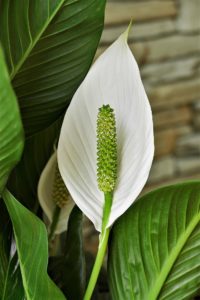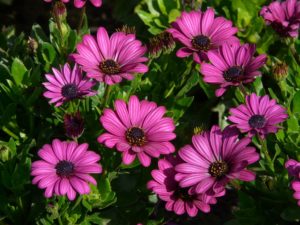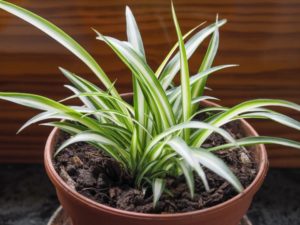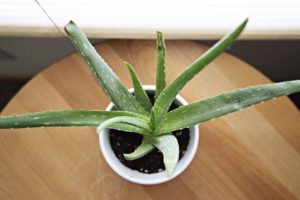Which Plants are Best for Your Bedroom?
Plants bring life, color, and shape anywhere they’re displayed. But some plants have unique properties that make them better for use in the bedroom than others. When you know the characteristics to look for, you can find plants that make excellent roommates based on their ability to improve the quality of your sleep.

A Plant’s Purpose in the Bedroom
In the bedroom, a plant’s purpose is pretty specific—to help you sleep better. They can do that in two ways. First, there’s air quality. Fresh, clean air has been shown to deepen sleep and boost next-day performance. Plants are a great way to remove indoor toxins like benzene and formaldehyde that enter your house through adhesives and finishes on regular household products.
The second purpose is the ability of plants to affect your psychological health. A short 40-second view of nature is all it takes to help reset the brain’s ability to concentrate. Nature, and by default plants, can also help relax the part of the brain that’s responsible for depressive thoughts. Plants are the perfect way to bring the benefits of nature indoors and relax mind and body for better sleep.
 Plants for Better Sleep
Plants for Better Sleep
Now for the fun part, our list of plants that leave your bedroom air clean and help you feel like you’re taking a walk in the park. This list isn’t exhaustive but should give you a good place to start your search.
Peace Lily
There’s just something comforting about lilies and this variety works well in the bedroom. NASA tested and found that peace lilies absorb benzene and formaldehyde. They’re also relatively easy to take care of. They can flourish in high and low light, and they’re a good option for those who don’t necessarily have a green thumb. Their leaves may wilt if you forget to water them, but they perk up again as soon as you get back on a regular schedule.

Gerbera Daisy
These happy flowers have a big surface area surface that allows them to absorb toxins just like the peace lily. We love the color and brightness they can bring to the bedroom. However, they’re not the easiest plant to grow, and they don’t last long. They’re better for an experienced hand that’s prepared to rotate them through the bedroom.

Snake Plant (Mother-in-law’s tongue)
The snake plant looks like it’s being charmed from its pot with leaves that reach straight up. The bright green color and waxy texture look lively, happy, and inviting. If you really want to be impressed, it releases oxygen at night for the freshest of air.

Spider Plant
Plants named after animals just seem to have bedroom appeal. The drooping vines and leaves of the spider plant look like the legs of its namesake except in beautiful shades of green They’re not picky about light, and they absorb formaldehyde.

Aloe Vera
Aloe Vera is already known for its medicinal properties, but its sleep benefits are impressive too. They can go without water for several weeks and like the spider plant, it absorbs formaldehyde. You’ll get the double benefit of being able to use the juice of the leaves for treating wounds too.
Conclusion
Take the climate, available light, and the amount of maintenance you’re willing to put into the plant into consideration before choosing one. If you’re not already a green thumb, start with a single plant and expand from there. You’ll breathe easier and sleep better with them watching over you while you rest.
Samantha Kent is a researcher for SleepHelp.org. Her favorite writing topic is how getting enough sleep can improve your life. Currently residing in Boise, Idaho, she sleeps in a California King bed, often with a cat on her face.








HobbyGardener85 5 years ago
I definitely agree with this. I have a few small plants in my bedroom and I feel like they definitely have a calming effect.
Share